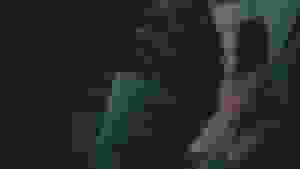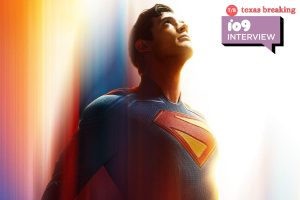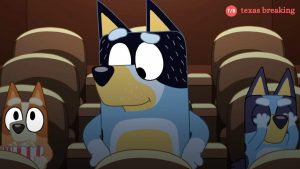“This” may be a box office hit, but it’s far from the only horror film worth discussing these days. After only 17 years, the twenty-first century has already produced an impressive number of genuinely terrifying and innovative scary offerings, ranging from a resurgence in J-horror remakes to a continued fondness for classic series of yesteryear, to the enormous supremacy of the “Conjuring” movie galactic franchise, which has already cycled back into resurrection territory. The two decades are shaping up to be some of the best for the genre, thanks to a new crop of filmmakers beholden to both their obsessions and formative years steeped in the classics, with even more fear of being turned out at a terrifying clip.
Jeremy Saulnier:
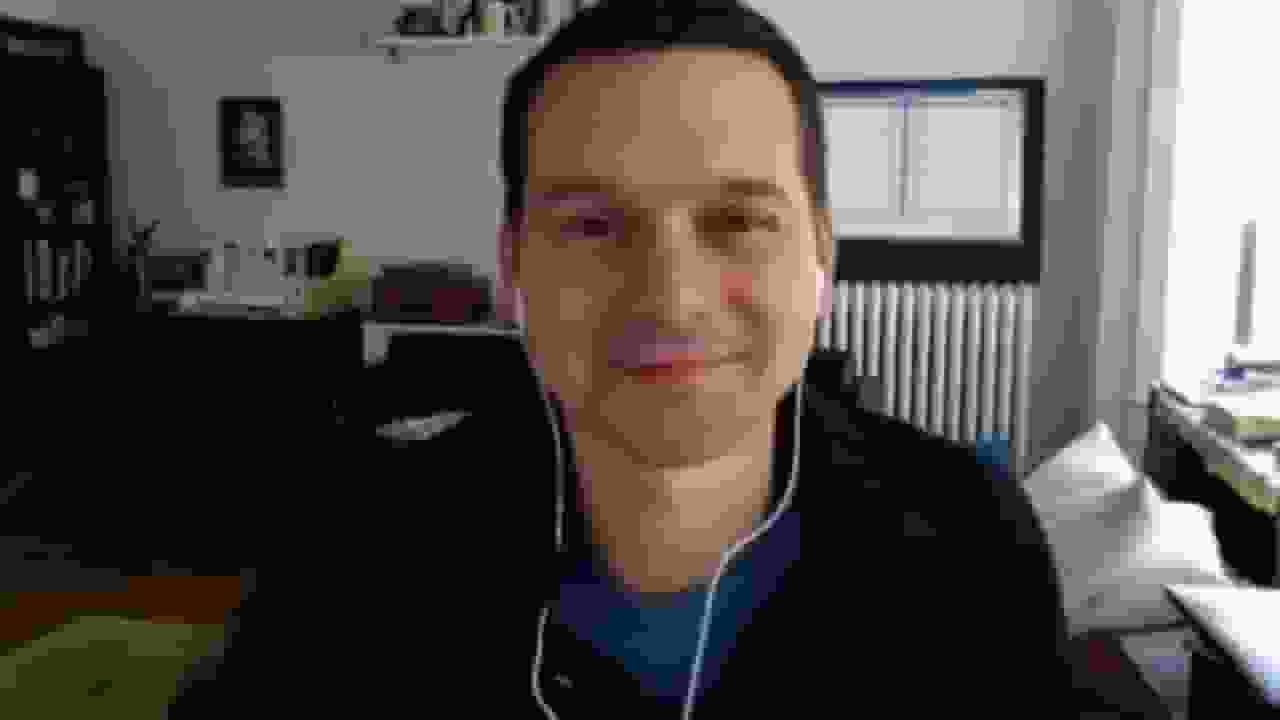
With Jeremy Saulnier established himself as an exciting new genre talent with the tense revenge thriller “Blue Ruin”. Jill made overtures to the horror end of a decade ago with his debut “Murder Party.” This Williamsburg-set nightmare about a party gone wrong managed to hipster while instilling a genuine sense of dread; it was an excellent foreshadowing of what was to come. “Blue Ruin” demonstrated Saulnier’s ability to tell dark, bloody stories with a mix of first-rate thrills and slapstick. With “Green Room,” a story about an Oregon rock band surviving neo-Nazis that was equal parts showdown and action drama, he demonstrated his ability to blend unlikely tones.
Mike Flanagan:
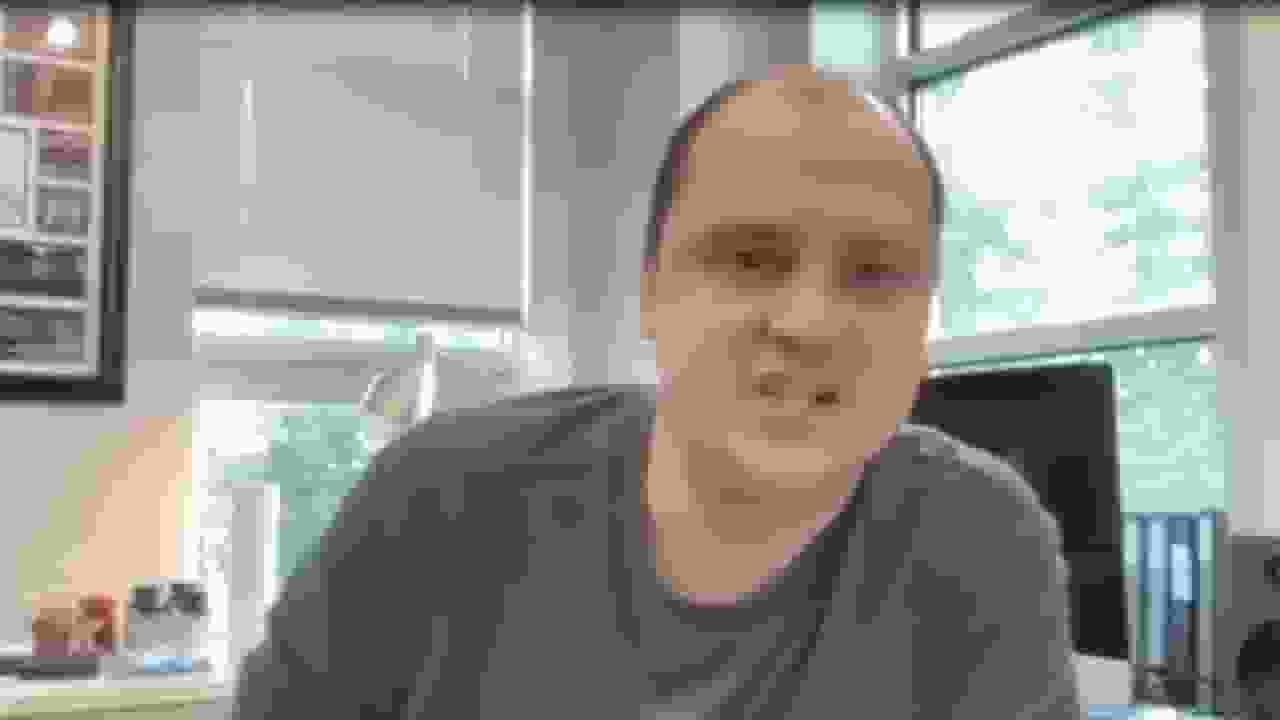
Flanagan quickly established himself as a genre leader after his 2011 indie “Absentia,” delivering several solid horror films that over-delivered on premises that could soon go wrong. With stylish gore and a deft hand, he put Karen Gillan and Brenton Thwaites through the wringer in 2013’s “Oculus.” “Hush,” released in 2016, was a clever reimagining of the 1967 home invasion thriller “Wait Until Dark,” replacing Audrey Hepburn’s blind protagonist with a deaf woman played by Flanagan’s wife, Kate Siegel. Flanagan delivered his work, playing with space to create a modern classic, using a small area of a single house to maximum effect.
Eli Roth:
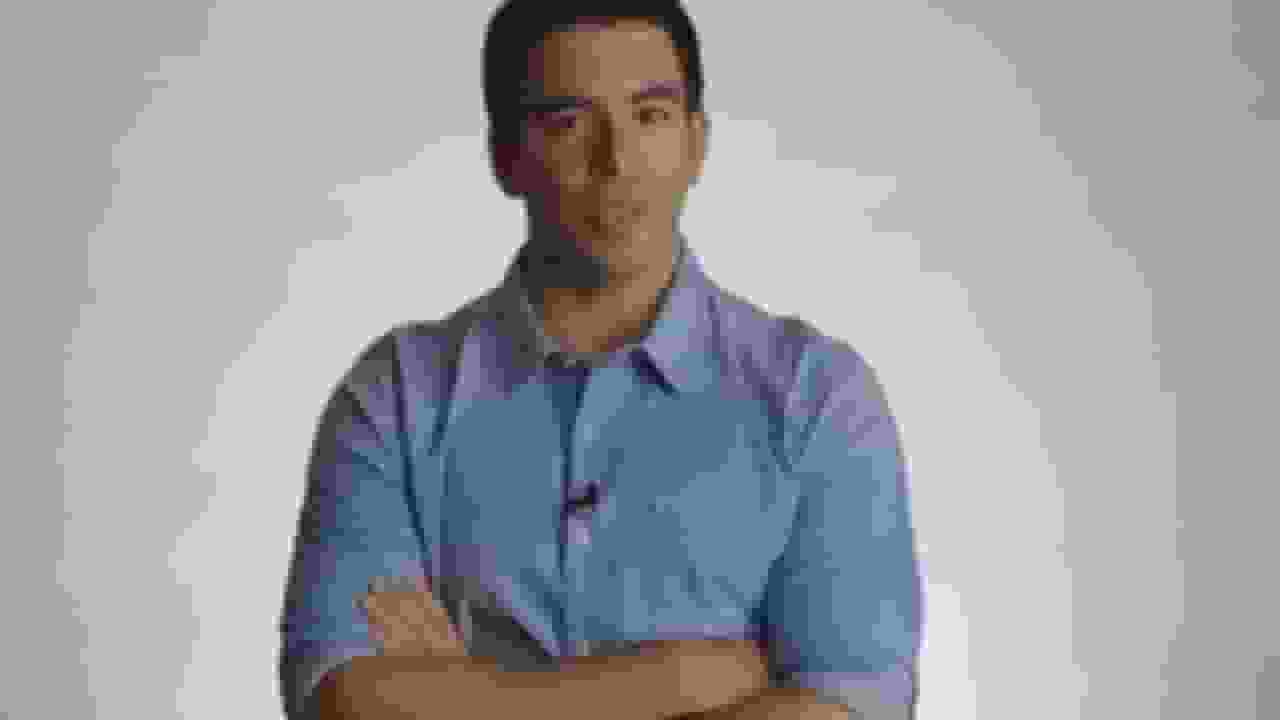
Eli Roth seems to do only one thing, but he does it exceptionally well. Roth has been obsessed with shlock since the moment he broke through with “Cabin Fever” in 2002, the “Hostel” dying horribly. But these grindhouse delights aren’t as simple as they appear. For one thing, Roth has a unique understanding of how our most innocent adventures, such as a weekend getaway, a trip to Europe, and social activism in the Amazon, can turn into nightmares. For another, his sadistic slaughter-fests are unusually tuned into the freewheeling arrogance of youth, and they have a great time humiliating these would-be Instagram models.
Kiyoshi Kurosawa:
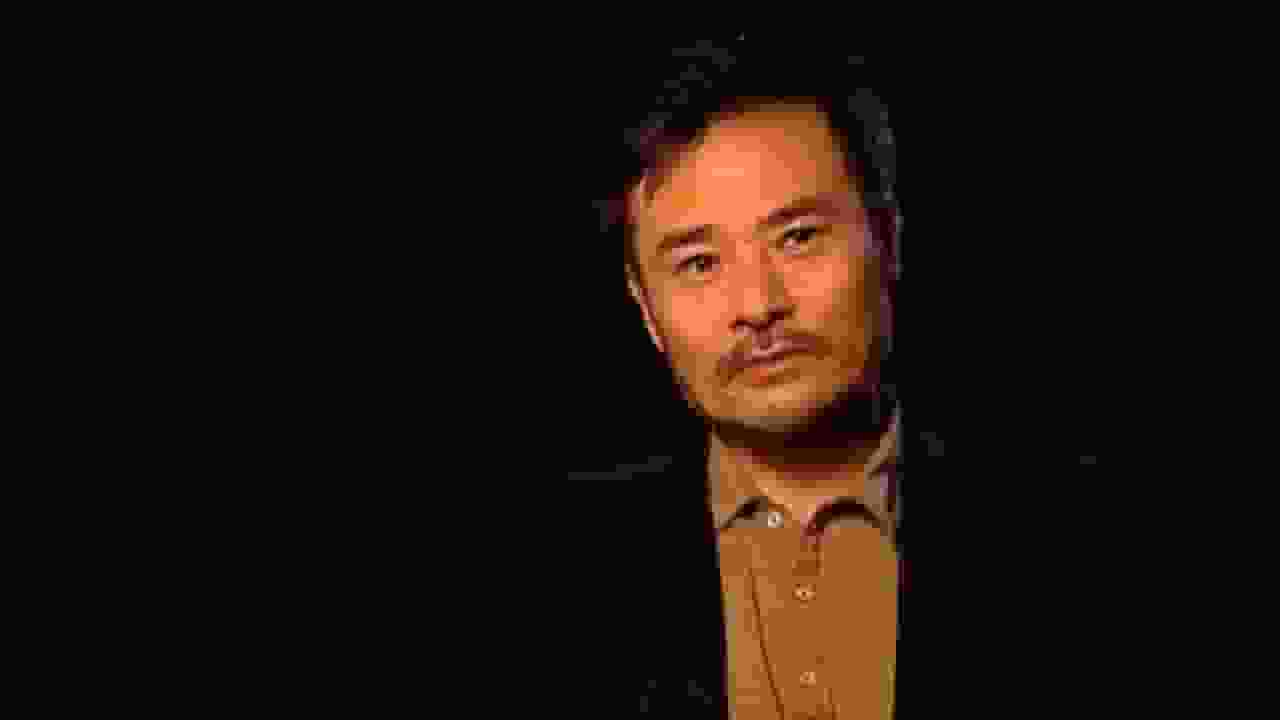
Although “Ring” and “The Grudge” received more international attention, no J-horror film has been as prescient as 2001’s “Pulse.” Kiyoshi Kurosawa’s approach to terrifying is exemplified by this haunting look at how we live with the internet: The unease that comes from watching his films stems from envisioning what’s lingering just out of chassis, waiting for it to be even more terrifying than the image you’ve conjured in your mind. What we end up seeing is always more terrifying than what we expected. He’s still going strong 16 years later, having released three films in the last two years. And even though he has no connection to the other Kurosawa.
Adam Wingard:
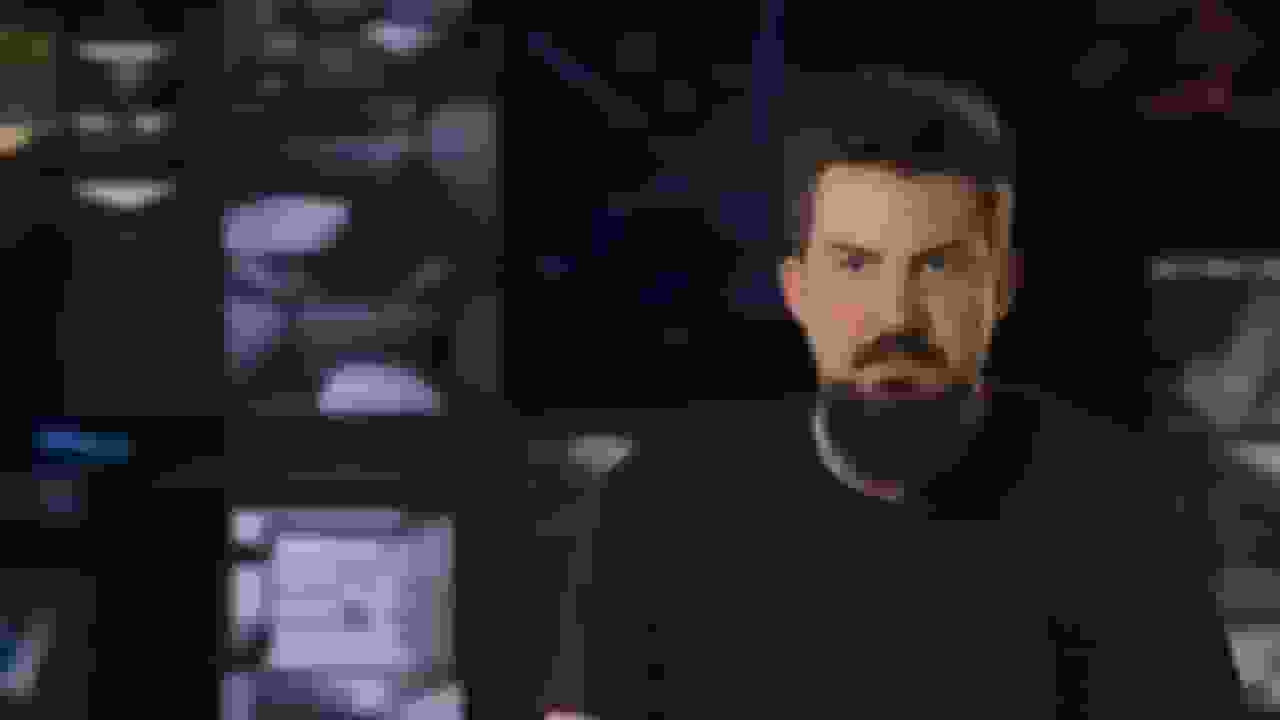
Wingard’s adoring of gore with a harking backspin was evident from his first film, a pre-film school horror-comedy called “Home Sick,” which he made at the age of 19 and carried sensibility through the decade of his still-thriving career while steadily increasing his context and aspiration. Wingard and his long-time screenwriting partner Simon Barrett maintained the momentum with their followup, “The Guest,” which combined exploitation thriller with a profound affection for the male form, thanks to a killer role for Dan Stevens. Wingard’s horror is always couched in humor, but that never diminishes the power of his gorehound sensibilities as he expands into massive remakes, as well as his big play for superhero movie mayhem in “Godzilla vs.
The direction of a horror film directly decides how frightening the story will be. The audience’s reaction is determined by various factors, including whether the pacing is slow and steady or fast and furious, as well as how the characters interact. When a film is good, fans can thank the talented director who knew exactly what to do, from the perfect jump scare to the camerawork that heightens the eerie atmosphere. While selecting favorites is always subjective, horror fans can agree on some of the genre’s most talented filmmakers over the last few decades. Select your Favorite and start watching their movies.

